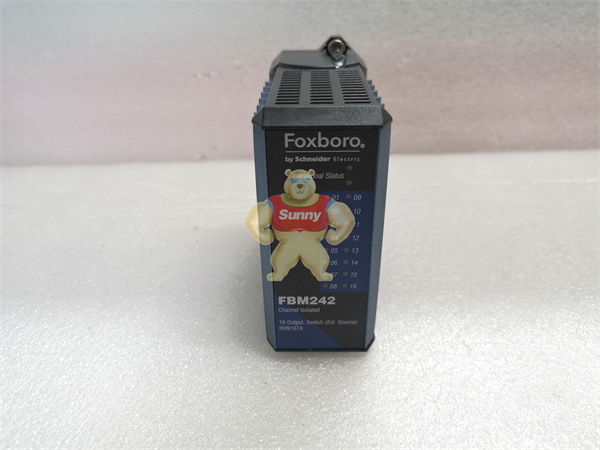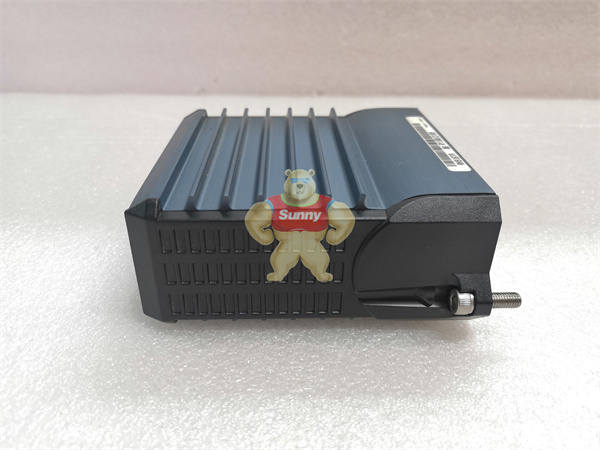One of the development trends in the field of industrial automation is the intelligent, decentralized and networked control system, and the rise of fieldbus is the symbol of this development trend.
1.1 Rise of Fieldbus
Since more than half a century, the process control system in industrial automation has experienced four generations of process control systems, such as ground-based instrument control system, electric unit modular analog instrument control system, centralized digital control system and distributed control system (DCS). Currently, the mainstream level of water industry automation in our country is in the PLC-based DCS system stage. Here to explain a point, DCS is the name of a process control system, sometimes also said by manufacturers to sell a complete role and integrated distributed control system products, this DCS system is relatively closed, and the current water industry automation DCS system is mostly integrated by the user, so relatively open.
Compared with some early control systems, DCS system has made great progress in function and performance, can achieve on the basis of device level, workshop level optimization and decentralized control, but it is still a kind of analog digital mixed system, from the site to the PLC or computer between the detection, feedback and operation instructions signal transmission, still rely on a large number of one to one wiring to achieve. This kind of signal transmission relationship is called signal transmission, rather than data communication, and it is difficult to realize the information exchange between instruments, so it calls for the emergence of instruments and systems with communication functions and all digital transmission signals, so as to transition from distributed control to thoroughly decentralized control. It is driven by this demand, since the mid-1980s, Fieldbus came into being, and through the fierce market competition and rising.
Fieldbus is an all-digital, real-time, bidirectional, multi-node digital communication system used in the production site. Fieldbus technology puts special CPU into the traditional measurement and control instrument, so that each of them has the digital computing and communication capabilities, namely the so-called “intelligent”; The simple connection of twisted pair, coaxial cable and so on is used as the connection link, the multiple field level measurement and control instrument connected on the bus as the network node is connected into a network, and according to the open, standard communication protocol, the field measurement and control instrument and between the remote monitoring computer to achieve data transmission and information exchange, form a variety of control system to meet the actual needs. The so-called “network”; Since the nodes in these networks are intelligent communication products, the control information (real-time measurement data) needed by them can be obtained directly from another node on the same level, instead of being accessed to PLC or computer. Under the environment of fieldbus control system (FCS), with the help of its computing and communication capabilities, Many complex calculations can be carried out in the field, and a complete control system can be formed, which can improve the autonomy and reliability of the system.
FCS has become one of the development trends, because it changes the structure of the traditional control system, and forms a new network integrated fully distributed system, which adopts all digital communication, has the characteristics of open, fully distributed, interoperability and field environment adaptability, and forms a full digital communication network from measurement and control equipment to monitoring computer, which conforms to the development requirements of the control network.

FBM242 RH916TA

FBM242 RH916TA

FBM242 RH916TA
1.2 Current situation and standardization of fieldbus
At present, there are more than 60 kinds of fieldbus at home and abroad. Due to the potential and huge market prospect of this new technology, driven by commercial interests, it has led to the formulation of the field bus international standard war in recent years. In the market and the development of technology needs a unified international standard under the call, the revised IEC61158.3~6 standard was finally passed on January 4, 2000. This standard includes 8 types of fieldbus subsets, they are: (1) Foundation fieldbus FF(original technical specification IEC61158); ②ControlNet; @Profibus; ④P—Net; ⑤FFHSE; ⑥SwiftNet; ⑦WordFIP; BIntferbus. Among these 8 fieldbuses, ④ and ⑥ are dedicated fieldbuses for limited fields; ②, ③, ⑦, ⑧ are developed from PLC-based control systems, essentially based on remote I/O bus technology, usually does not have the bus to power field equipment and intrinsic safety features; ①, ⑤ developed from the traditional DCS control system, with bus power supply and intrinsic safety functions; ①, ⑧ belongs to the field equipment level bus, ②, ⑤ belongs to the monitoring level field bus; ③, ⑦ is including two levels of fieldbus.
The above eight types of fieldbuses use completely different communication protocols. For example, Profibus uses token ring and master/slave station mode; FFHSE is CSMA/CD mode; WordFIP is the bus adjudication mode. Therefore, it is almost impossible for these eight fieldbuses to be compatible and interoperable with each other. Faced with the situation of multi-bus coexistence, system integration will be faced with more complex tasks, and system integration technology will also have great development.
1.3 New trend of fieldbus – Industrial Ethernet
The long debate over standards has actually slowed down the development of fieldbuses. In order to accelerate the development of a new generation of systems, people began to seek a new way out, a new trend from fieldbus to Ethernet, Ethernet as the main transmission of high-speed fieldbus framework. Ethernet is the most widely used computer network technology, has been used in the IT field for many years, has a wide range of hardware and software development technology support, more importantly, the use of Ethernet as a high-speed fieldbus framework, can make fieldbus technology and computer network technology mainstream technology good integration. In order to promote the application of Ethernet in the industrial field, the international Industrial Ethernet Association was established to carry out research on the key technologies of industrial Ethernet. In addition, the Development Equipment Network Suppliers Association (ODVA) has adopted the Ethernet /IP standard, a global standard for the use of Ethernet in the factory field. The standard enables users to leverage off-the-shelf Ethernet physical media and components, i.e., interoperable Ethernet products from multiple vendors, while using an open industrial application layer network. With the development of network technology, the problems of network determinability, environmental adaptability, including bus power supply and intrinsic security will be solved quickly when Ethernet is applied in industry.
 1 Year Warranty
1 Year Warranty





